India Gate in Delhi and Gateway of India in Mumbai are two iconic landmarks that hold historical and cultural significance in India. While each has its own unique charm, comparing the two reveals interesting aspects about their architecture, historical importance, and the emotional connection they evoke. In this blog, we will delve into the characteristics of both monuments, exploring their similarities and differences to shed light on the captivating stories behind India Gate and Gateway of India.
Section 1: Historical Significance
India Gate stands tall as a war memorial, honoring the sacrifice of Indian soldiers who lost their lives in World War I and the Afghan Wars. It serves as a solemn reminder of their bravery and dedication, symbolizing national pride and unity. On the other hand, the Gateway of India holds historical significance as the ceremonial entrance for British colonial rulers upon their arrival in India. Its construction marked a significant moment in India’s history, witnessing the end of British rule and the emergence of an independent nation.
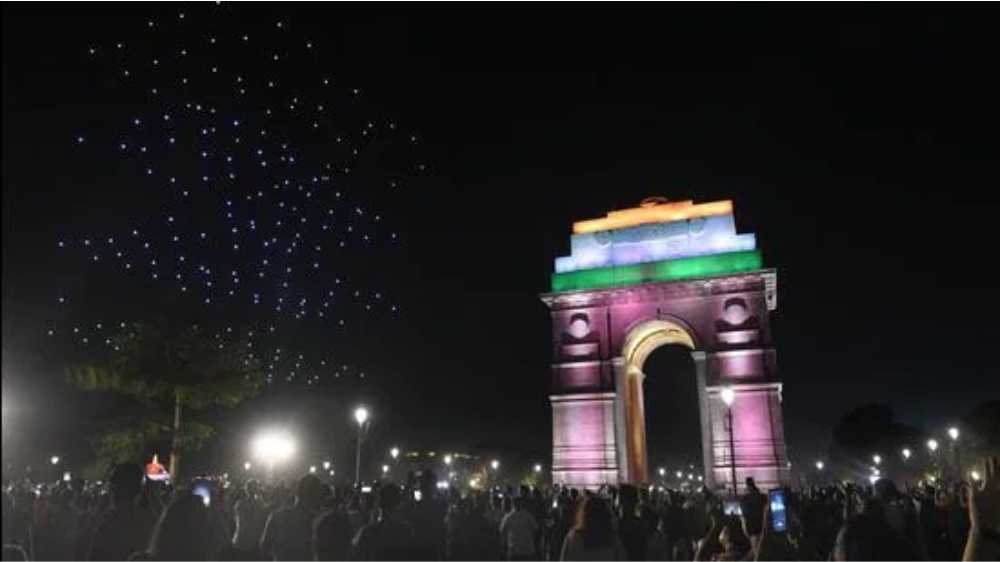
Section 2: Architectural Grandeur
India Gate, designed by Sir Edwin Lutyens, boasts architectural grandeur that is both impressive and awe-inspiring. Its design draws inspiration from the Arc de Triomphe in Paris, featuring a towering arch and intricate carvings. The names of the fallen soldiers engraved on its walls add a poignant touch. In contrast, the Gateway of India showcases a fusion of architectural styles, combining elements of Islamic, Hindu, and European influences. Its colossal structure, adorned with intricate details and adorned with bas-reliefs, presents a mesmerizing sight.
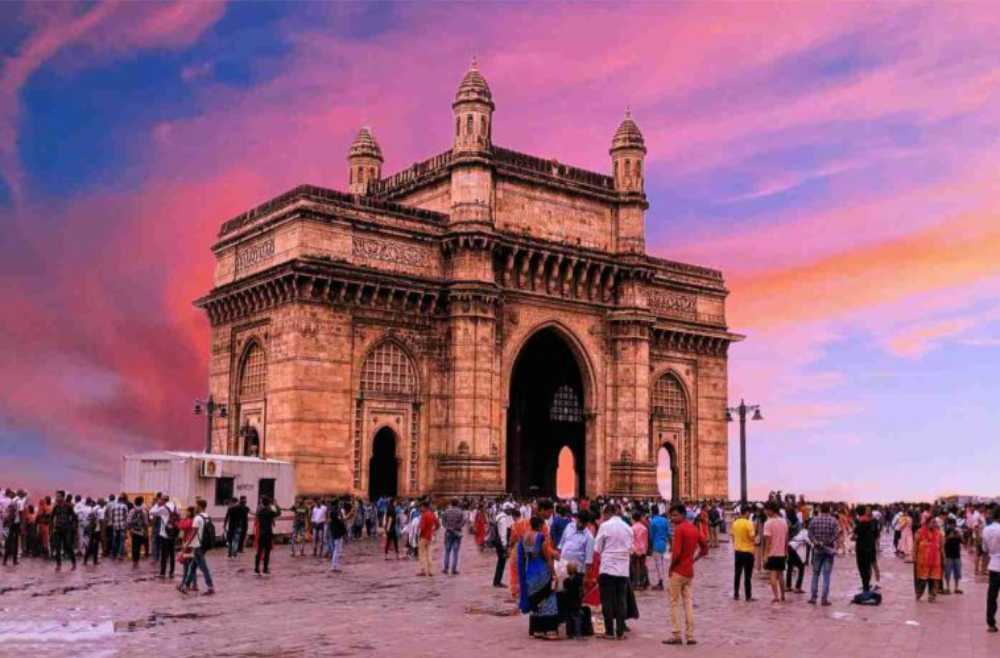
Section 3: Cultural Significance and Emotional Connection
India Gate has become an integral part of Delhi’s cultural fabric, serving as a symbol of national identity and pride. It is a rallying point for celebrations, protests, and public gatherings, reflecting the collective spirit of the Indian people. The annual Republic Day parade, held nearby, further highlights its significance. In contrast, the Gateway of India holds a special place in the hearts of Mumbaikars, symbolizing the city’s cosmopolitan nature and acting as a major tourist attraction. It offers breathtaking views of the Arabian Sea and serves as a meeting point for locals and tourists alike.
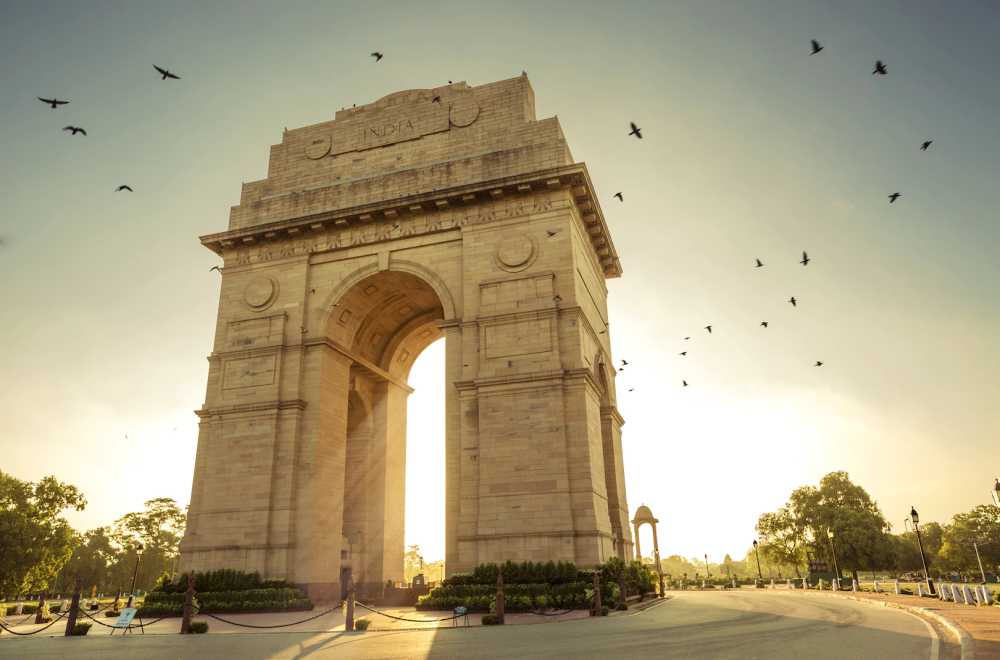
Section 4: Accessibility and Surroundings
India Gate enjoys a strategic location in the heart of Delhi, making it easily accessible to both locals and tourists. The expansive lawns surrounding the monument provide a serene setting for people to relax and spend time with loved ones. The lighting of India Gate in the evening creates a magical ambiance, drawing visitors from all walks of life. The Gateway of India, situated on Mumbai’s waterfront, offers a picturesque view of the Arabian Sea and stands as an iconic symbol of the city. Its proximity to other attractions like the Taj Mahal Palace Hotel and the bustling Colaba Causeway adds to its allure.
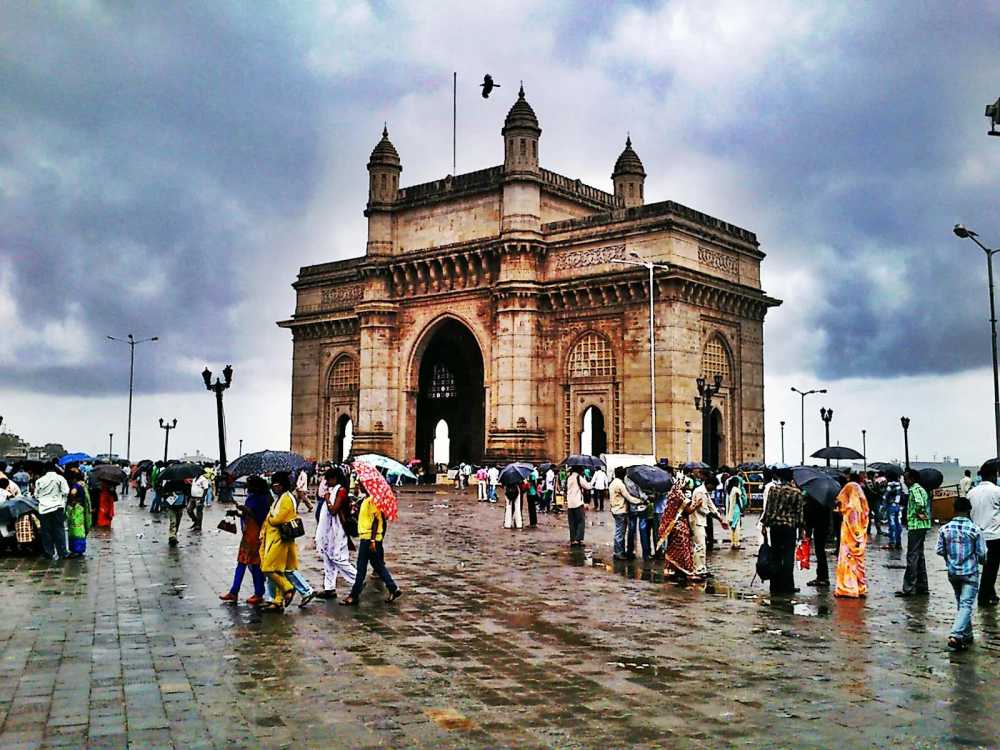
Section 5 : Location and City
India Gate is located in New Delhi, the capital city of India. It stands in the heart of the city, near the Rajpath and in close proximity to other significant landmarks like the Rashtrapati Bhavan and Indian Parliament. On the other hand, the Gateway of India is situated in Mumbai, the financial capital of India. It is located at the waterfront of the Arabian Sea in South Mumbai.
Section 6 : Things to do when Visit
When visiting India Gate in Delhi or Gateway of India in Mumbai, there are several activities and attractions that you can enjoy in their respective surroundings. Here are some things to do in each location:
| S.No | India Gate, Delhi | Gateway of India, Mumbai: |
| 1. | Pay homage at India Gate: Take a moment to honor the brave soldiers at the war memorial. Reflect on their sacrifices and appreciate the significance of this national monument | Enjoy the waterfront promenade: Take a leisurely stroll along the promenade near Gateway of India, enjoying the cool sea breeze and panoramic views of the Arabian Sea. |
| 2. | Explore Rajpath: Walk along the beautiful Rajpath, a ceremonial boulevard that stretches from India Gate to the Rashtrapati Bhavan. Enjoy the greenery, gardens, and architectural marvels along the way. | Take a boat ride to Elephanta Caves: From the Gateway of India, you can board a ferry to visit the UNESCO World Heritage Site of Elephanta Caves. Explore the ancient rock-cut caves and marvel at the intricate sculptures. |
| 3. | Visit nearby museums: Explore the National Museum, National Gallery of Modern Art, or the National Science Centre, which are located within a short distance from India Gate. These museums offer a wealth of knowledge and cultural exhibits. | Visit nearby attractions: Explore the bustling Colaba Causeway, a vibrant street lined with shops, cafes, and restaurants. Also, visit the iconic Taj Mahal Palace Hotel, located near the Gateway, and admire its stunning architecture. |
| 4. | Boat ride in the nearby lake: Visit the nearby boating facility at the adjacent Princes’ Park Lake and enjoy a leisurely boat ride amidst serene surroundings. | Take a Mumbai Harbour cruise: Enjoy a boat cruise around Mumbai Harbour, offering breathtaking views of the city skyline, iconic landmarks, and bustling waterfront. |
| 5. | Attend events and festivals: India Gate often serves as a venue for various cultural and national events. Check the local event calendar to see if there are any festivals or concerts taking place during your visit. | Taste local street food: Indulge in Mumbai’s famous street food at nearby stalls or head to the iconic Leopold Café for a meal, immersing yourself in the city’s culinary delights. |
Both India Gate and Gateway of India offer a range of activities and experiences that cater to different interests. Remember to check the local regulations, opening hours, and any specific guidelines before visiting these landmarks and engaging in the suggested activities.
Conclusion
While both India Gate and Gateway of India hold their own significance and charm, it is clear that their historical importance, architectural splendor, cultural significance, emotional connection, and accessibility set them apart. Exploring these landmarks and understanding their stories enriches our understanding of India’s diverse and captivating history.
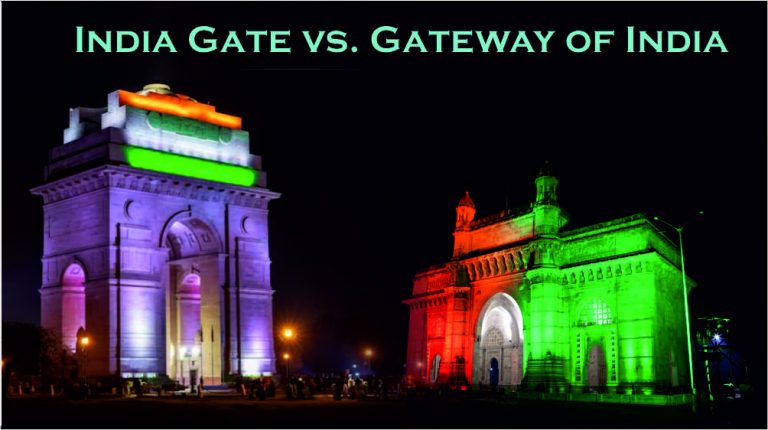






You must be logged in to post a comment.